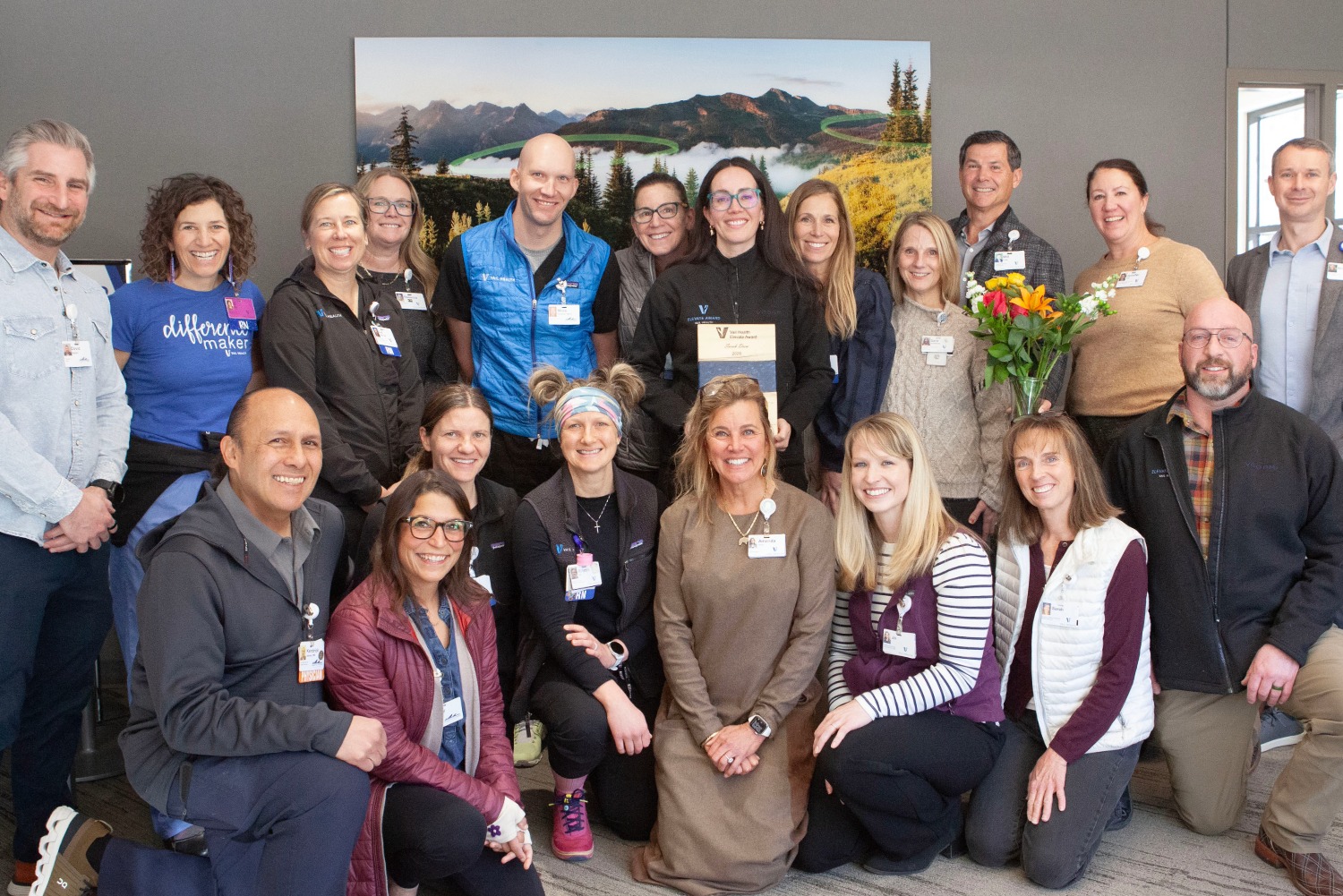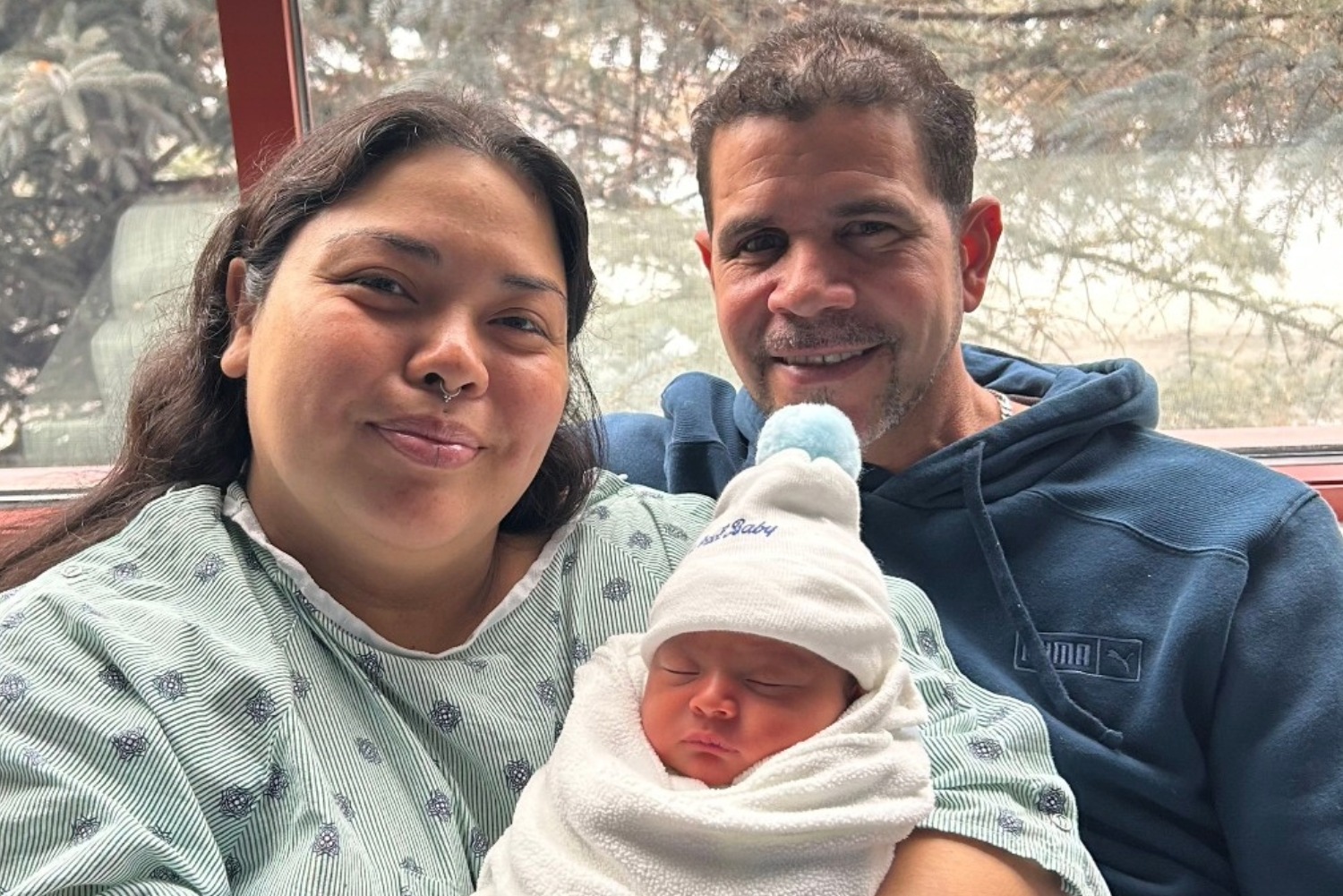News
Mama On The Move
Gestating? Expecting? Bun in the oven? No matter what you call it many women are pregnant and wondering whether they can exercise while their bellies grow. Even though I work with pregnant women daily I felt unsure about what I should and shouldn't do during my first pregnancy when it came to my own body. I really wanted to stay fit and active but not do anything that would harm my baby or me long-term. So here distilled into nifty little bullet points for you is what I found have adhered to and recommend to my patients.
Clear it with your doctor first. If you have a medical condition that exercise would exacerbate or possibly harm your baby enjoy your 10-month vacation from working out and realize that you CAN get your fitness back after baby.
If you feel good your baby feels good is one of my mantras. The American College of Obstetrics and Gynecology (ACOG) once recommended expecting mothers keep their heartrate below 140 BPM. This recommendation was overruled in the 90s but somehow we mamas keep hearing it today. Not only is exercise not bad for your baby it actually causes a good stress to your baby that can help him/her hold up through the stress of labor.
Go by how you feel. If you are able to talk and work out at an exertion level that feels good to you your baby should still be getting plenty of blood flow and oxygen. There is sufficient blood flow to the placenta to sustain short bursts into the anaerobic zone. That said your baby will start getting less blood flow after 60 seconds or so of working in the anaerobic zone so try to keep these bursts short with good recovery between.
More stretching is not always a good thing. Often when we hurt our first instinct is to stretch out. During pregnancy (especially if this is not your first) our ligaments get stretchier. Often our pain comes from our muscles going into spasm trying to protect the joints. So if you're stretching an already overstretched joint you may cause more pain rather than less. Gentle stretching can be helpful but if you get increased pain with stretching back off. Still hurting? This might mean you need to see your favorite friendly physical therapist.
Do your Kegels! I know you've heard it a million times but Kegel exercises protect you against incontinence during and after pregnancy. These muscles also improve blood flow to your pelvic floor which builds healthier muscles. Healthier muscles are more resilient during labor (i.e. less pelvic trauma from birth and less trouble healing after delivery).
Cool it on the abs. Abdominal separation or Diastasis Rectus Abdominus is common during and after pregnancy. The most at-risk populations for an abdominal separation during pregnancy are people who are either really weak or really strong. Being too weak means that the muscle doesn't have the integrity to tolerate the stretch that a baby creates. Being too tight means that the muscle is so strong that it actually causes a separation in the fascia down the middle of your belly. Your best bet is to consciously and gently engage your abs during your workouts but wait on crunches sit ups planks leg lifts etc. until you're cleared to go back to exercise after delivery. Bonus: Start working on Kegels and gently drawing in at your belly button within a week after labor. DO NOT work into pain with these. If you have good coordination in these deep core muscles you'll likely be safe to return to using your 6-pack muscles and obliques when it's time.
These guidelines are intended to help you stay fit through your pregnancy and set you up to return to all of your favorite things after your little one arrives. Stay strong and rock on sisters!
Questions? Stephanie Drew is a physical therapist with Howard Head Sports Medicine in Edwards. She is also a board-certified women's health specialist. Email your questions or comments to stephanie.drew@vvmc.com.
ABOUT HOWARD HEAD SPORTS MEDICINE
www.HowardHead.com | (970) 476-1225
Howard Head Sports Medicine offers a variety of physical and occupational therapy services at 10 locations in Eagle and Summit Counties. With over 50 trained therapists Howard Head's innovative sports medicine treatments and state-of-the-art equipment help people get back to the activities they love.
More News
-
New!
More

Sarah Drew Honored as Recipient of Vail Health Elevate Award
Sarah Drew, MSN, FNP-C, ENP-C, Senior Director of Emergency and Trauma Services at Vail Health, has been named the recipient of the Vail Health Elevate Award.
-
New!
More

First Baby of 2026
It's a boy! Vail Health Hospital welcomed the first baby born in 2026 on January 5 at 7:48 p.m.
-
New!
More

Screening Secrets: What Every Man Should Know About Prostate Cancer Screening
Prostate cancer is the most common type of non-skin related cancer in men, and it is the second leading cause of cancer-related deaths in men within the United States, behind lung cancer. Fortunately, if caught early, prostate cancer remains highly treatable and curable with minimally invasive procedures.





